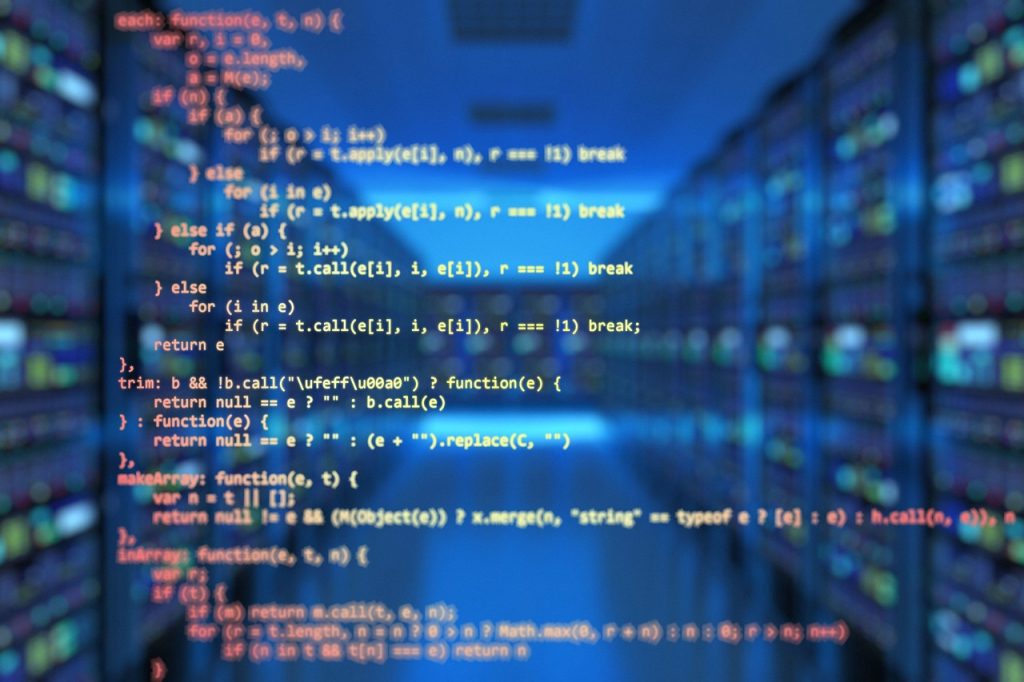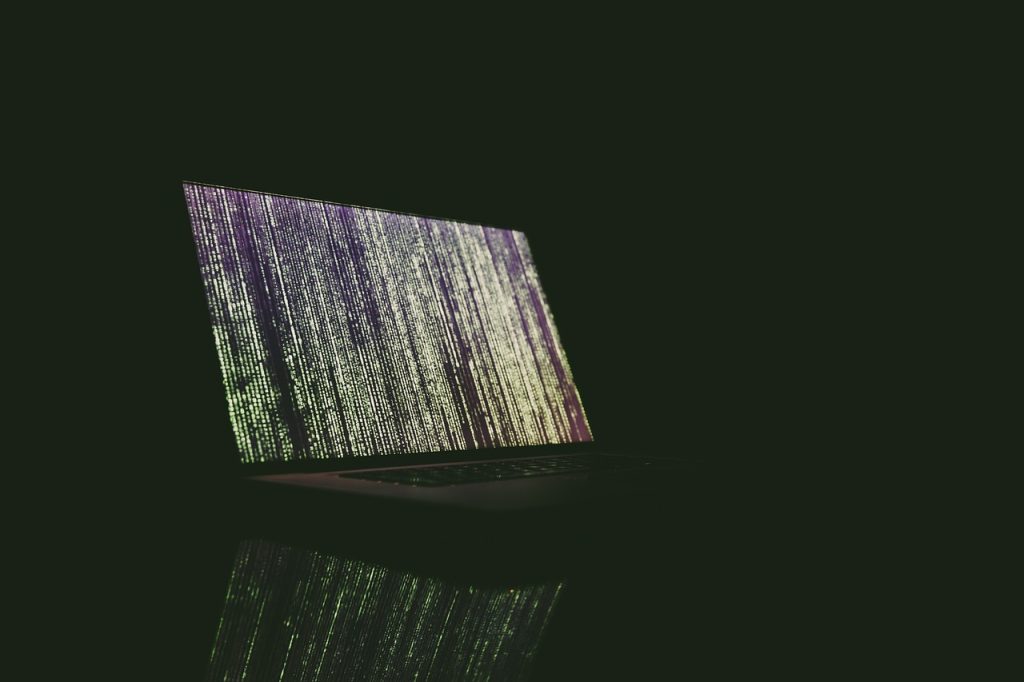Nordic Cybersecurity Threats: An Overview
In the Nordics, embracing digital innovation is a way of life. At the forefront of advancement in industries like healthcare, renewable energy, and finance, Nordic countries also face cybersecurity challenges that come with being leaders in technology.
This article provides an overview of the leading Nordic cybersecurity threats companies and organizations within the region are facing.
Cyber Crime in the Nordics: What Do the Numbers Say?
Before diving into specific threats, it’s worth contextualizing matters with some cold, hard numbers. Looking at the findings of a 2024 Nordic Cyber Resilience Report reveals over half of respondents reported at least one cyber attack in the previous 12 months that caused serious disruption. Another interesting finding was that 90 percent expect a further escalation in cyber attacks.
The Nordic region’s economic reliance on IoT-led logistics, digital healthcare, and fintech also forms part of the picture. These countries, as hotbeds of economic activity and innovation, face attention from threat actors who prize their data and information.
Also, the geopolitical factors are hard to ignore, with all countries in the Nordics now being full members of the NATO alliance. This strategic position, coupled with the physical proximity of some Nordic countries to Russia, means the Nordics aren’t immune from the threat of nation-state operators conducting espionage or other government-backed cyber attacks.
Nordic Cybersecurity Threats
Given the bigger picture context, it’s worth now moving on to take a look at some specific key cybersecurity threats facing Nordic countries.
Cyber extortion
Like in many other global regions, cyber attacks involving extortion play a prominent role here. Interestingly, the trend in the Nordics shows a more ruthless shift towards ransomware gangs targeting sectors like critical infrastructure and healthcare. These gangs may believe victims in these sensitive industries are more likely to cave into their demands.
 The manufacturing sector was most heavily hit in Nordics ransomware attacks in 2024 at 36.36% of identified ransomware attacks. Healthcare companies also felt the impact—one incident saw a privately run Swedish hospital having data stolen and posted on the dark web for sale. The hospital also had shut down its systems as a precautionary measure.
The manufacturing sector was most heavily hit in Nordics ransomware attacks in 2024 at 36.36% of identified ransomware attacks. Healthcare companies also felt the impact—one incident saw a privately run Swedish hospital having data stolen and posted on the dark web for sale. The hospital also had shut down its systems as a precautionary measure.
Typically, the entry vector for ransomware and extortion attacks are credentials obtained by phishing or other methods. RDP and VPN services often get exploited too. In fact, Norway’s National Cyber Security Centre recently recommended against using SSLVPN/WebVPN solutions because of repeated exploitations.
It’s important to bear in mind that extortion attacks often now don’t even involve ransomware strains. For example, Finnish dairy giant Valio suffered an extortion attack that resulted from unauthorized access to its data via an IT service provider’s credentials.
DDoS
DDOS attacks that attempt to flood and overwhelm systems with traffic from bots in an effort to make them unavailable are also common in the Nordics. The most common type of DDOS in this region are DNS amplification attacks, which involve sending small queries with a spoofed IP address of the victim to open DNS servers, which respond with much larger replies. This “amplifies” the traffic volume, clogging the victim’s network and causing service disruption.
 The digitally-led nature of many Nordic industries opens up a larger attack surface for threat actors to target with DDoS. As Nordic manufacturing and energy sectors integrate more IT components into their OT environments—like networked machinery and smart sensors—the number of potential entry points for cyberattacks increases. This integration often involves connecting previously isolated systems to the internet or broader corporate networks, making them accessible remotely but also more vulnerable to attacks.
The digitally-led nature of many Nordic industries opens up a larger attack surface for threat actors to target with DDoS. As Nordic manufacturing and energy sectors integrate more IT components into their OT environments—like networked machinery and smart sensors—the number of potential entry points for cyberattacks increases. This integration often involves connecting previously isolated systems to the internet or broader corporate networks, making them accessible remotely but also more vulnerable to attacks.
Geopolitical and ideological motivations are common in DDOS. Often, hackers want to disrupt important services for the sake of it. Just a couple of years back, nine Danish hospitals’ websites were taken offline by a DDOS attack, apparently motivated by ideological hacktivism rather than profit or espionage.
Dark Web Threats
A 2024 report on the region’s cyber threats identified the dark web as a prominent source of malicious activity. Sweden was the country most mentioned in the region’s dark web monitoring. The finance and insurance sectors were most commonly impacted. The high standard of living and relative wealth in the Nordic region make it an attractive target for cybercriminals looking to profit through activities such as ransomware, banking Trojans, and identity theft—all facilitated and brokered via the dark web. Dark web threats encompass things like stolen credentials or data for sale on hacker forums, sharing information about companies or organizations that might make them more susceptible to being hacked, and announcing hacks. An ongoing trend in dark web activity is the use of info stealer malware to harvest sensitive information from infected systems. This type of malware uses features like keylogging, screen grabbing, and browser session hijacking to capture data.
Dark web threats encompass things like stolen credentials or data for sale on hacker forums, sharing information about companies or organizations that might make them more susceptible to being hacked, and announcing hacks. An ongoing trend in dark web activity is the use of info stealer malware to harvest sensitive information from infected systems. This type of malware uses features like keylogging, screen grabbing, and browser session hijacking to capture data.
Once information is stolen, it’s often sold or traded on dark web marketplaces, where anonymity and the encrypted nature of these platforms facilitate illicit activities.
Out of the various dark web mentions of Nordic countries identified in the report, data/databases was by far the most common type at 39 percent. A separate worrying finding was that 41% of Danish members of parliament have had their official email address exposed on the dark web (one of the highest percentages in the EU).
Cyber Resilience in the Nordic Region
Nordic countries will continue to thrive and support digital innovation, but it’s clear that cybersecurity resilience and investment need to keep pace with tech developments. This starts with knowing about the threats and putting in place more measures to combat them.

Aside from addressing cybersecurity threats in the Nordics, organizations also need to think about cyber regulations like NIS 2 as part of overall resilience. This regulation has a high impact on the Nordics due to the region’s high reliance on energy, healthcare, and digital infrastructure. Our team of experts can help Nordic companies meet their NIS 2 compliance obligations while focusing on mitigating some of their main cybersecurity threats.

